
reclaimed wood projects

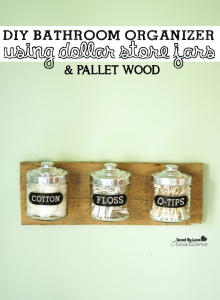
Dollar Tree Pallet Wood Bathroom Organizer Tutorial
April 29, 2014
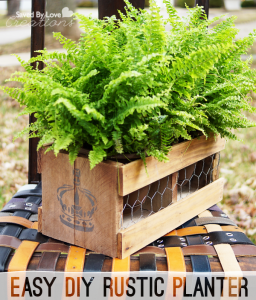
Make a Stenciled Planter Box From Reclaimed Wood
March 28, 2014
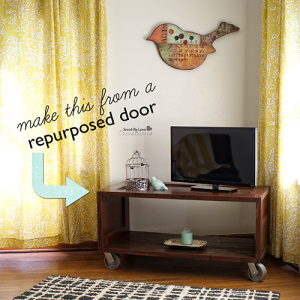
Make a Repurposed Door TV Console
September 5, 2013
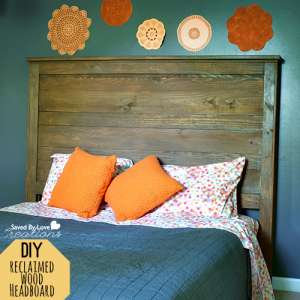
DIY Reclaimed Wood Headboard
August 28, 2013
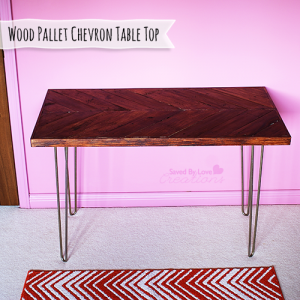
How to Make a Chevron Table from Reclaimed Wood Pallet
August 21, 2013
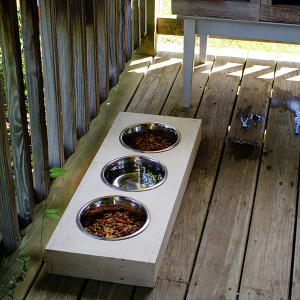
DIY Wood Pallet Dog Feeder
July 29, 2013
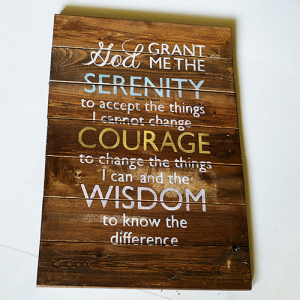
Easy Pallet Sign Using Kreg Jig
July 15, 2013
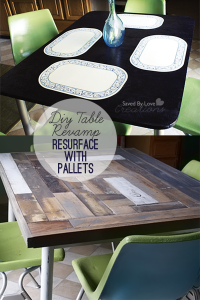
How to Resurface a Table with Reclaimed Wood
July 2, 2013

